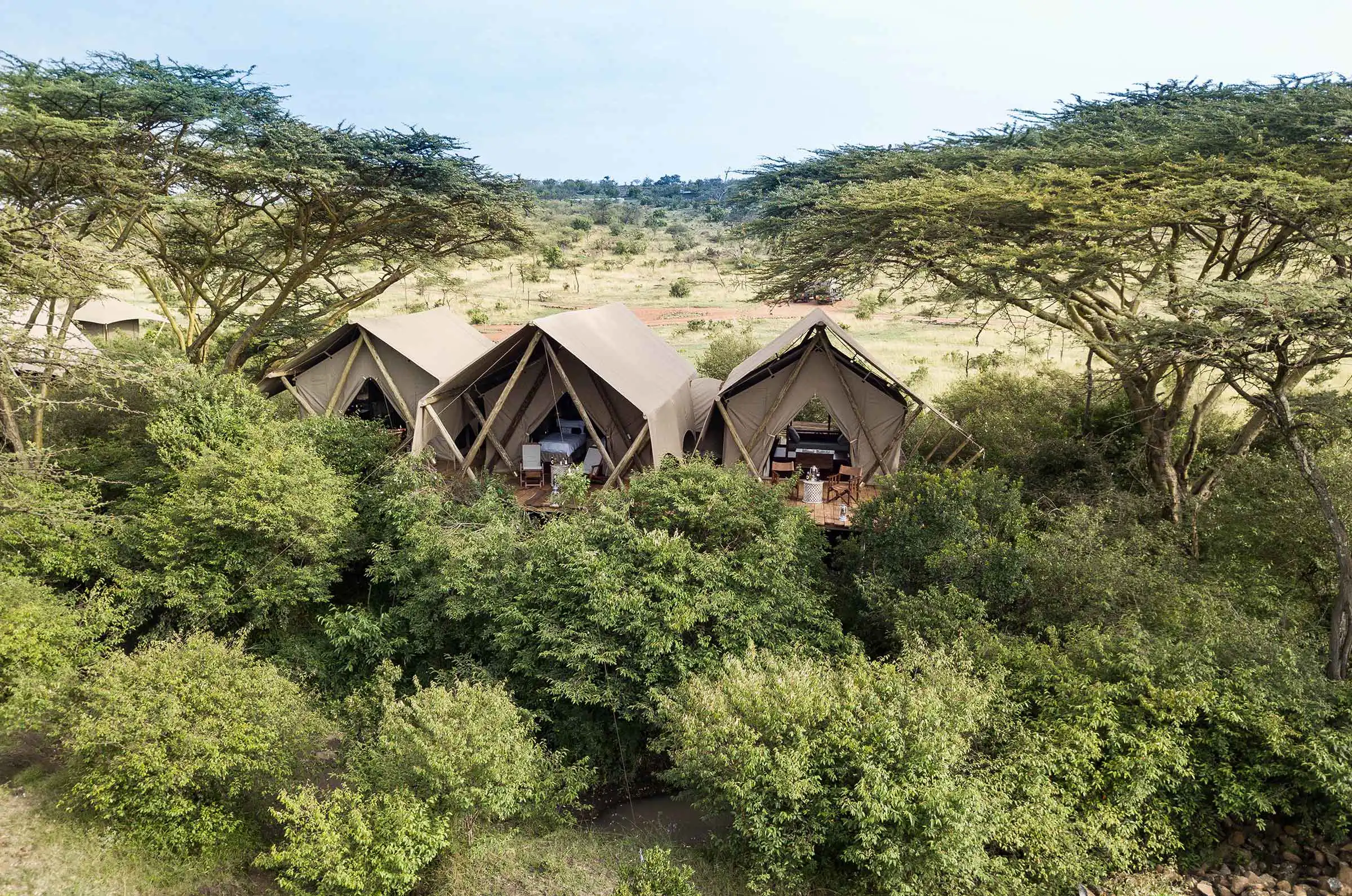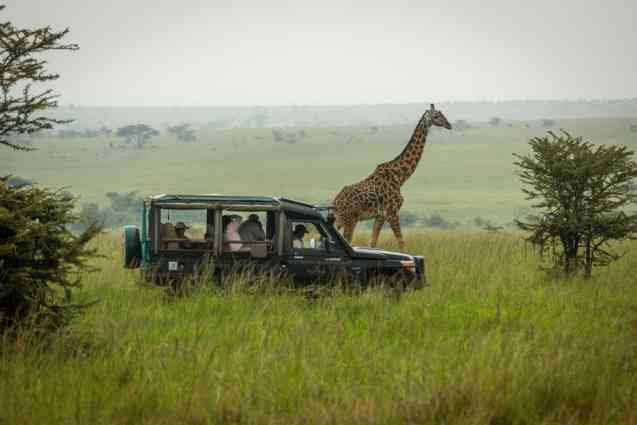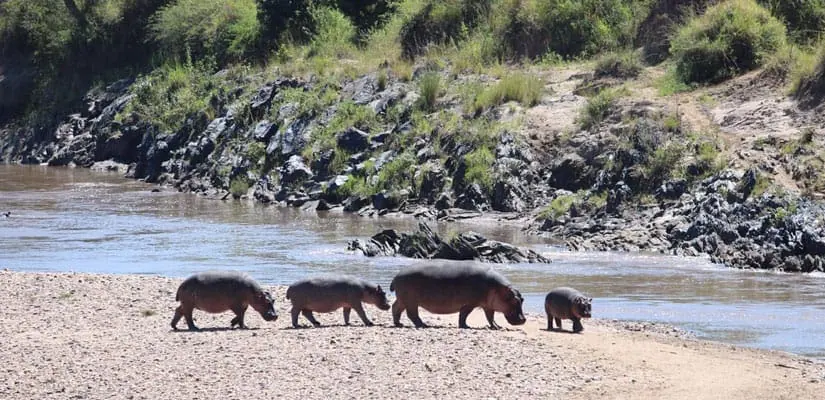- GET IN TOUCH WITH US:
- +256 753518160
- +256 777842166
- info@experiyatourcompany.com

What’s special about Lake Nakuru’s flamingos?
November 19, 2025
Are there luxury mobile camps in Kenya?
November 19, 2025Can I Camp Inside Kenyan National Parks?
For travelers seeking an authentic safari adventure, the idea of camping inside a Kenyan national park is often irresistible. The thought of falling asleep to distant lion calls, waking up to birdsong, and stepping outside your tent into the heart of the African wilderness evokes a sense of freedom and connection that traditional lodges cannot always replicate. But one question comes up frequently: Can I camp inside Kenyan national parks? The short answer is yes. Kenya offers some of the most extraordinary camping opportunities in Africa, allowing visitors to immerse themselves fully in nature. However, the richness of this experience comes with important guidelines, choices, safety considerations, and planning details every traveler should understand. This comprehensive guide explores everything you need to know about camping inside Kenyan national parks, from the types of campsites available to safety precautions, the best parks for camping, and how to prepare for an unforgettable wilderness experience.
Understanding Camping in Kenyan National Parks
Kenya Wildlife Service (KWS) manages numerous national parks and reserves across the country, many of which permit camping within designated areas. These areas range from basic public campsites to more exclusive special campsites that offer privacy, seclusion, and stunning natural backdrops. Unlike regular commercial camps or safari lodges, KWS camping areas place you directly within the functioning ecosystems of the parks. Here, wildlife remains free-roaming, and your camp becomes part of the natural landscape.
Camping inside national parks is intentionally low-impact. This allows visitors to enjoy the wilderness without disturbing the environment. Facilities vary widely depending on the campsite, from minimal amenities such as water taps and pit latrines to special campsites where visitors must bring everything themselves. The level of amenity may be basic, but the reward is an authentic experience that makes you feel deeply connected to Kenya’s natural heritage.
Types of Campsites Available in Kenyan National Parks
Public Campsites
Public campsites are the most accessible option for most travelers. They are open to all visitors on a first-come, first-served basis and typically include basic amenities such as toilets, shared water points, and sometimes cooking shelters. These campsites are budget-friendly and provide opportunities to meet fellow travelers. They are ideal for backpackers, student groups, and anyone seeking a communal camping experience within the park.
Special Campsites
For travelers who value exclusivity and privacy, special campsites offer a deeper wilderness experience. These sites are booked in advance and are reserved for one party at a time. They usually have no facilities at all—no running water, toilets, or built structures. This means campers must bring their own water, cooking equipment, tents, and waste management supplies. Special campsites are often located in scenic and remote areas, allowing you to experience the park as if it was your private sanctuary.
Private and Operator-Managed Camps
Some safari companies and conservancies operate private camping areas within or just adjacent to national parks. These camps offer elevated comfort such as hot showers, well-equipped kitchens, en-suite tents, and professional staff. Though more luxurious, these camps still provide the immersive environment of sleeping under the African sky. They are perfect for travelers who want a balance between wilderness camping and comfort.
Safety: What You Need to Know Before Camping in the Wild
Camping inside a Kenyan national park is safe when done responsibly, but it requires awareness and respect for wildlife. Parks do not fence campsites, meaning animals can and do pass through. For this reason, following guidelines is essential:
Listen to Your Guide or Ranger
If you’re camping with a safari operator, your guide will provide instructions on how to act around wildlife and how to maintain a secure campsite. Guides have extensive experience and can read animal behavior, making them an invaluable resource.
 Secure Food Properly
Secure Food Properly
Food should be stored in sealed containers and kept inside your vehicle or raised above ground. Never leave leftovers outside your tent, as this can attract hyenas, baboons, and other opportunistic animals.
Avoid Wandering at Night
Staying within the boundaries of your campsite after dark is essential. Many animals are nocturnal, meaning they are more active at night. A trip to the toilet after sundown should always be done with a flashlight and, ideally, with someone accompanying you.
Keep Your Distance from Wildlife
Even in the daytime, never approach wildlife that wanders near your campsite. Maintaining a respectful distance ensures your safety and the well-being of the animals.
Make Your Presence Known
Simple actions like speaking softly around camp and keeping a small fire burning (where allowed) help animals recognize that humans are present. Most wildlife will avoid humans when they detect your presence.
The Best National Parks and Reserves for Camping in Kenya
Maasai Mara National Reserve
The Maasai Mara is world-famous for its wildlife density and offers both public and special campsites. Camping here puts you in the heart of predator country, where night-time sounds include lions roaring and hyenas laughing. The experience is unforgettable, especially during the Great Migration season when millions of wildebeest and zebras move through the reserve.
Amboseli National Park
Amboseli offers some of the most scenic camping experiences in Kenya thanks to its views of Mount Kilimanjaro. The park is known for its large elephant herds, and camping here allows travelers to witness these gentle giants up close as they move across the plains.
Tsavo East and Tsavo West
Together forming Kenya’s largest protected area, the Tsavo parks provide vast wilderness with fewer crowds. Camping here is ideal for adventurers who crave solitude and the raw beauty of untamed nature. Tsavo West also features volcanic landscapes and natural springs that make for picturesque camping environments.
Samburu National Reserve
Camping in Samburu offers a unique blend of culture and wildlife. The region’s semi-arid landscapes support rare species like the Grevy’s Zebra, Somali Ostrich, and Gerenuk. Nights here include warm winds, star-filled skies, and the soft flow of the Ewaso Nyiro River nearby.
Lake Nakuru National Park
While renowned for its flamingos and rhinos, Lake Nakuru also permits camping in designated areas. The lake’s alkaline shores and surrounding woodlands offer serene settings where visitors can enjoy birdlife, baboons, and beautiful sunrises reflecting on the water.
Meru National Park
Meru is one of Kenya’s most underrated parks and a fantastic camping destination. Its lush forests, rivers, and elephant-dotted valleys provide a rich safari experience without the crowds of other major parks. Camping here feels like discovering a hidden Eden.
Hell’s Gate National Park
Hell’s Gate may be the best park for active travelers. Camping is allowed, and visitors can walk, cycle, and climb inside the park. The dramatic cliffs, geothermal features, and gorges offer landscapes very different from Kenya’s traditional savannah parks.
What to Expect From the Camping Experience
Camping inside Kenyan parks is an immersive experience that awakens all your senses. You’ll hear the low rumble of elephants, the haunting roar of lions echoing across the plains, and the melodic calls of nocturnal birds. Mornings offer fresh breezes scented with acacia and wild sage. Sunrises paint the horizon gold and orange, marking the beginning of each new adventure.
Your days may include guided game drives, nature walks, photography sessions, or simply sitting by your campsite, watching wildlife wander past. Evenings revolve around campfire stories, stargazing, and soaking in the tranquility of a world untouched by modern noise. The experience combines thrilling unpredictability with peaceful solitude, creating a perfect balance that makes camping inside Kenyan national parks so extraordinary.
What to Pack for a Camping Safari in Kenya
Your packing list will depend on whether you choose a public, special, or operator-managed campsite. However, some essentials include:
Good quality tent and groundsheet
Sleeping bag suitable for cool nights
Plenty of drinking water
Portable stove and utensils
Headlamps and flashlights
Insect repellent
Warm clothing for evenings
Binoculars
Sunscreen and hat
For special campsites, you’ll also need portable toilets or waste bags, a first-aid kit, cooking gas, and all personal supplies for the duration of your stay.
Why Camping Inside Kenyan Parks Is Worth It
Camping inside Kenya’s national parks gives travelers the rare chance to reconnect with nature in its purest form. The absence of walls and fences allows you to experience wildlife and wilderness the way early explorers did—raw, alive, and without boundaries. It’s not just a place to sleep; it’s an experience that shapes your appreciation for Africa’s natural world.
From watching elephants walk silently through the twilight to hearing hippos grunting in rivers nearby, these moments create powerful memories that stay with you forever. Camping in the wild also deepens your respect for conservation efforts by showing you firsthand how delicate and interconnected Africa’s ecosystems truly are.
Book Your Camping Safari with Experiya Tour Company
If you want to enjoy a seamless, safe, and expertly planned camping experience inside Kenyan national parks, book your adventure with Experiya Tour Company. They provide everything from experienced guides and quality equipment to park bookings, transportation, and customized itineraries. With Experiya, your camping safari becomes not just a trip, but a deeply rewarding wilderness adventure crafted around your preferences and comfort.




